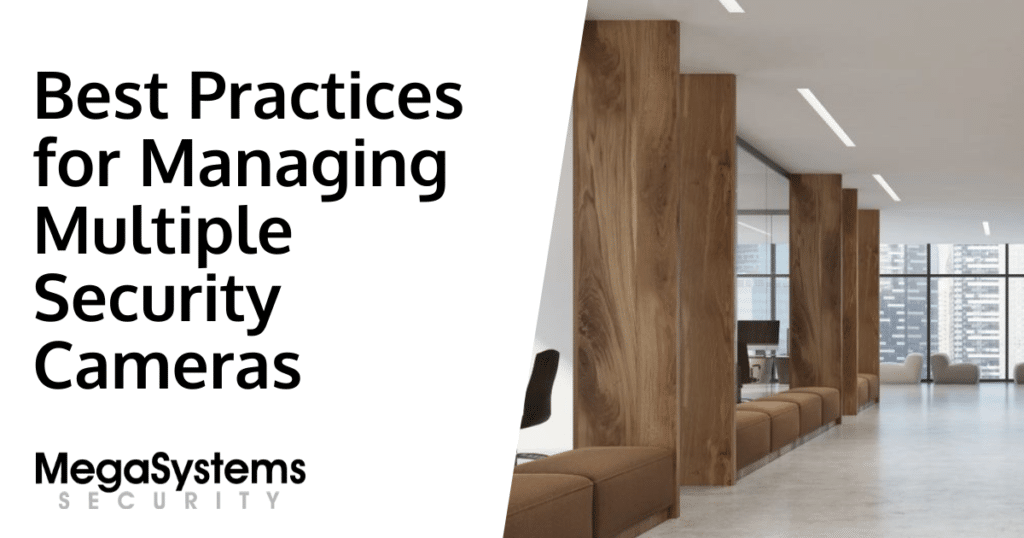Starting with a Strategic Plan
Managing multiple security cameras can be a challenge, but with careful planning, it can be quite manageable. Taking the time to develop a well-thought-out strategy is crucial for efficient management. This includes determining the need for different types of cameras, their placement, and how they will be managed and monitored.
Understand Different Types of Cameras
There are several types of surveillance cameras, each with its own set of features and intended uses. For example, dome cameras are an excellent choice for broad-view coverage, while bullet cameras are better suited for providing detailed coverage in specific areas. It’s important to understand the strengths and limitations of each camera type to better decide where they should be placed.
Proper Placement of Cameras
The positioning of your security cameras is directly linked to their effectiveness. Cameras should be installed in strategic locations where they can offer optimal coverage. This often includes entrances, exits, parking areas, and sensitive internal areas like cash registers or safes.
Also, keep in mind the camera’s field of view and height. Wide-angle cameras can provide coverage over a large area, while placing cameras too high may hinder details such as faces or number plates.
Effective Management and Monitoring
Managing multiple security cameras requires an efficient system for monitoring and maintaining the footage. Centralizing control in a video management system (VMS) is extremely helpful. A VMS allows for easy remote viewing, recording, and playback. It can also provide alerts for suspicious activities.
Regular System Maintenance
Regular maintenance is key to keeping your security camera system up and running effectively. This includes routine checks for camera functionality, regular software updates, and periodically cleaning the cameras to ensure clarity of the recorded images.
Training Staff
Your security camera system is only as good as the people who operate it. It’s important to provide training to staff members responsible for monitoring the system. Make sure they are familiar with the equipment, how to operate the management system, and what to do in case of an emergency.
Frequently Asked Questions
-
How often should I check the functionality of my cameras?
Routine checks should ideally be done weekly. However, the frequency may depend on the importance of the area being surveilled and the reliability of the cameras. -
Is professional installation necessary?
While it’s possible to install security cameras by oneself, professional installation ensures cameras are placed optimally for maximum coverage and functionality.
Conclusion
Effective management of multiple security cameras isn’t just about the number or type of cameras. It involves a holistic approach that begins with planning, includes the proper placement and operation of the cameras, and continues with ongoing maintenance and training. By following these best practices, you can make the most out of your security camera system and maintain a safe and secure environment.


